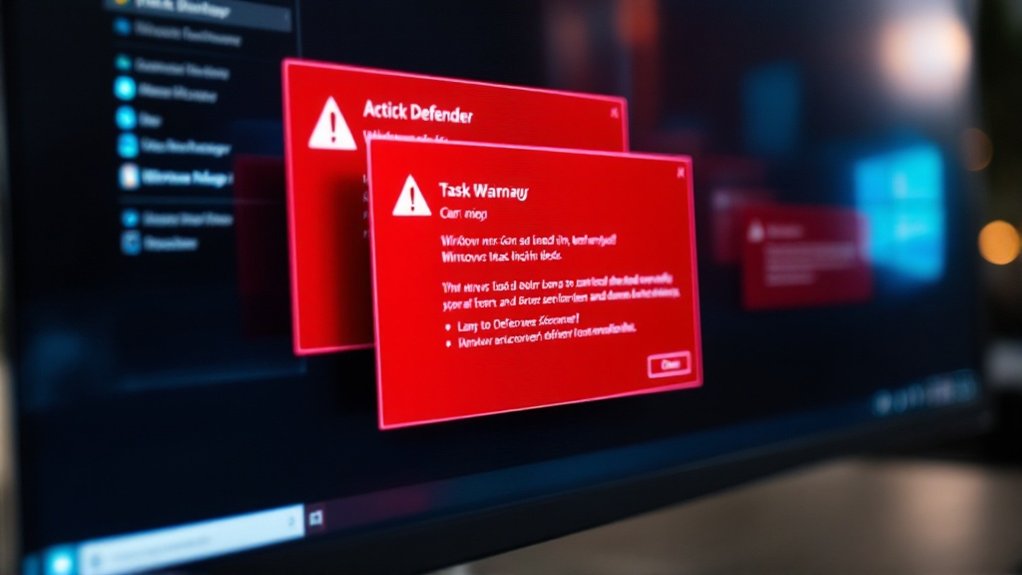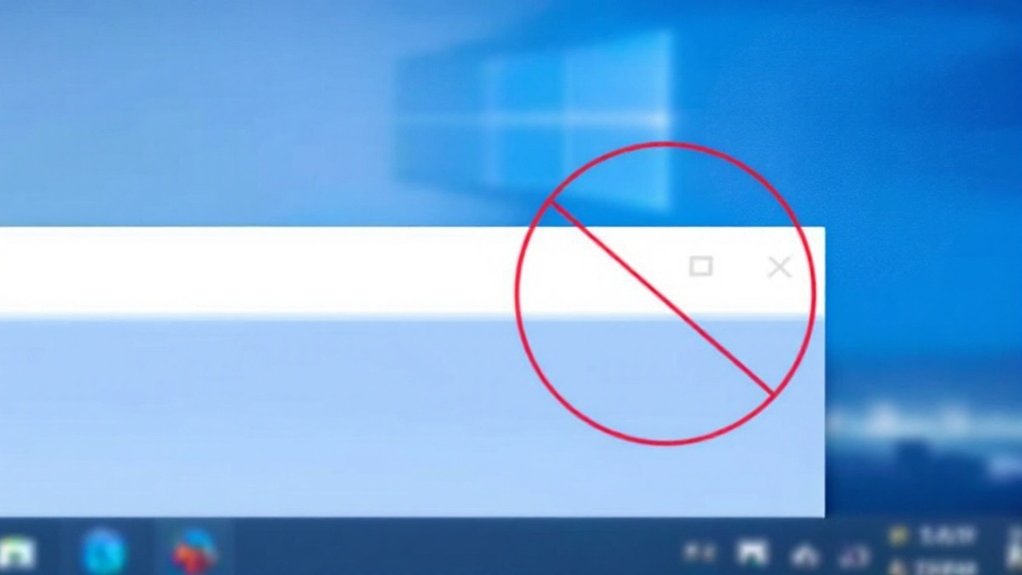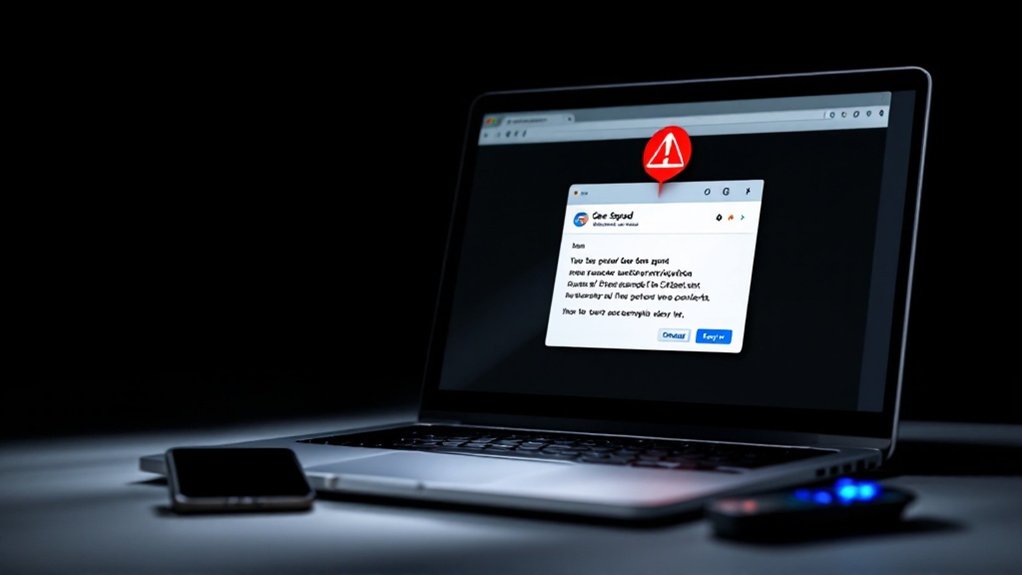A tabletop exercise in cybersecurity simulates potential cyber incidents through structured discussions among key organizational stakeholders, including IT teams, executives, and legal counsel. Led by security experts, these exercises test incident response capabilities, evaluate preparedness levels, and identify gaps in planning through realistic scenarios like ransomware attacks and data breaches. The process involves careful design, facilitated problem-solving sessions, and post-exercise reviews, enabling organizations to strengthen their security posture through improved cross-departmental coordination and updated response procedures.

A tabletop exercise represents one of the most effective methods for testing an organization’s cybersecurity preparedness and incident response capabilities. Through discussion-based simulations of cyber incidents, these exercises allow organizations to evaluate their readiness, identify gaps in planning, and improve team communication across departments. Security experts facilitate these sessions, guiding participants through realistic scenarios as they document observations and areas for enhancement.
The exercise typically brings together diverse stakeholders from across the organization, including IT and cybersecurity teams, management executives, legal counsel, public relations professionals, and representatives from human resources and finance departments. This cross-functional approach guarantees thorough evaluation of incident response plans while strengthening interdepartmental collaboration and communication channels. These low-stress activities provide a safe testing environment for organizations to validate their response strategies. These exercises help organizations fulfill regulatory requirements related to cybersecurity preparedness and training.
Organizations commonly simulate various cyber threats during these exercises, including ransomware attacks, data breaches, sophisticated phishing campaigns, cloud security misconfigurations, and business email compromise scenarios. These simulations help participants understand their roles and responsibilities as they test decision-making processes under pressure, without the costs and risks associated with full-scale technical exercises.
Simulated cyber threats prepare teams for real-world incidents while testing response capabilities without operational disruption or financial risk.
The implementation process begins with careful planning and design of the exercise scope, followed by the development of industry-specific scenarios that reflect real-world cyber threats. Expert facilitators guide participants through the exercise, encouraging open discussion and problem-solving as they maintain focus on predetermined objectives.
The post-exercise analysis phase involves documenting lessons learned and creating action items for improving response procedures. Successful tabletop exercises require clear objectives, engagement from appropriate stakeholders, and realistic scenario development that aligns with industry-specific threats.
Organizations benefit from improved decision-making capabilities, increased threat awareness, and stronger cross-departmental coordination. The cost-effective nature of these exercises, combined with their ability to identify training needs and skill gaps, makes them an invaluable tool for maintaining and improving cybersecurity preparedness.
Following each exercise, organizations can update their incident response plans based on insights gained, guaranteeing continuous enhancement in their security posture.
Frequently Asked Questions
How Often Should Organizations Conduct Cybersecurity Tabletop Exercises?
Organizations should conduct cybersecurity tabletop exercises at least annually, with larger enterprises benefiting from quarterly sessions.
High-risk industries and heavily regulated sectors often require more frequent exercises, typically every 3-4 months.
The specific frequency depends on organizational size, industry requirements, threat environment changes, and available resources.
Companies should adjust their exercise schedule following significant operational changes, system implementations, or identified security gaps.
What Roles Should Participate in a Tabletop Exercise Scenario?
Effective tabletop exercises require participation from IT and security teams, management executives, legal counsel, and communications personnel.
Key participants should include the CISO, CIO, incident response team members, network administrators, compliance officers, and public relations specialists.
Organizations must guarantee representation from technical, strategic, and operational roles to simulate realistic crisis scenarios and decision-making processes.
The exercise coordinator should carefully document each participant’s responsibilities and expected contributions.
Can Small Businesses Benefit From Conducting Tabletop Exercises?
Small businesses can derive significant benefits from tabletop exercises, as these simulations provide cost-effective cybersecurity training during identification of vulnerabilities in existing protocols.
The exercises improve team preparedness, fortify incident response capabilities, and demonstrate security commitment to clients, all during operating within limited budgets.
Through structured scenarios, small businesses can develop strong security measures, protect sensitive data, and maintain competitive advantages in their respective markets.
How Long Does a Typical Cybersecurity Tabletop Exercise Take?
A typical cybersecurity tabletop exercise ranges from 1-4 hours, with simple scenarios requiring approximately one hour and complex incidents extending longer.
The exercise traditionally includes distinct phases: 10-15 minutes for scenario presentation, 30-60 minutes for discussion and problem-solving, 20-30 minutes for debriefing, and 15-20 minutes for action item development.
Organizations can adjust these timeframes based on specific objectives, participant numbers, and scenario complexity.
What Metrics Should Be Used to Measure Tabletop Exercise Effectiveness?
Key performance metrics for measuring tabletop exercise effectiveness include incident response time, decision quality, gap identification, and participant feedback.
Response time metrics track the speed of threat detection and mitigation, whereas decision quality assessments evaluate the alignment with established protocols.
Gap identification metrics quantify uncovered vulnerabilities and procedural weaknesses, and participant feedback metrics measure knowledge improvement through pre and post-exercise surveys.









